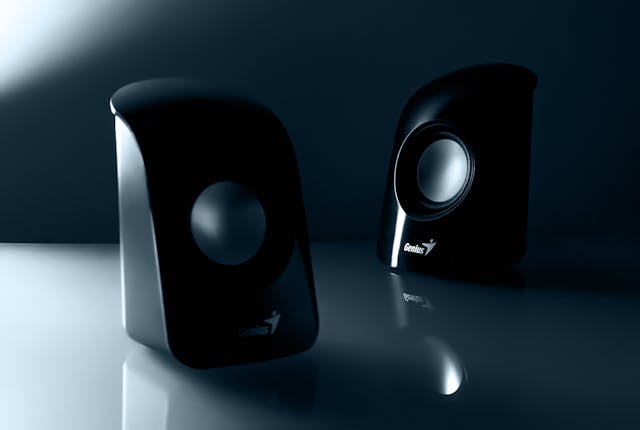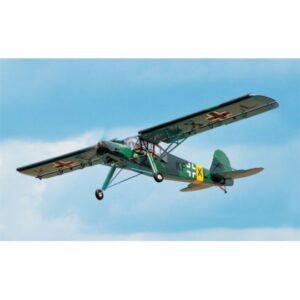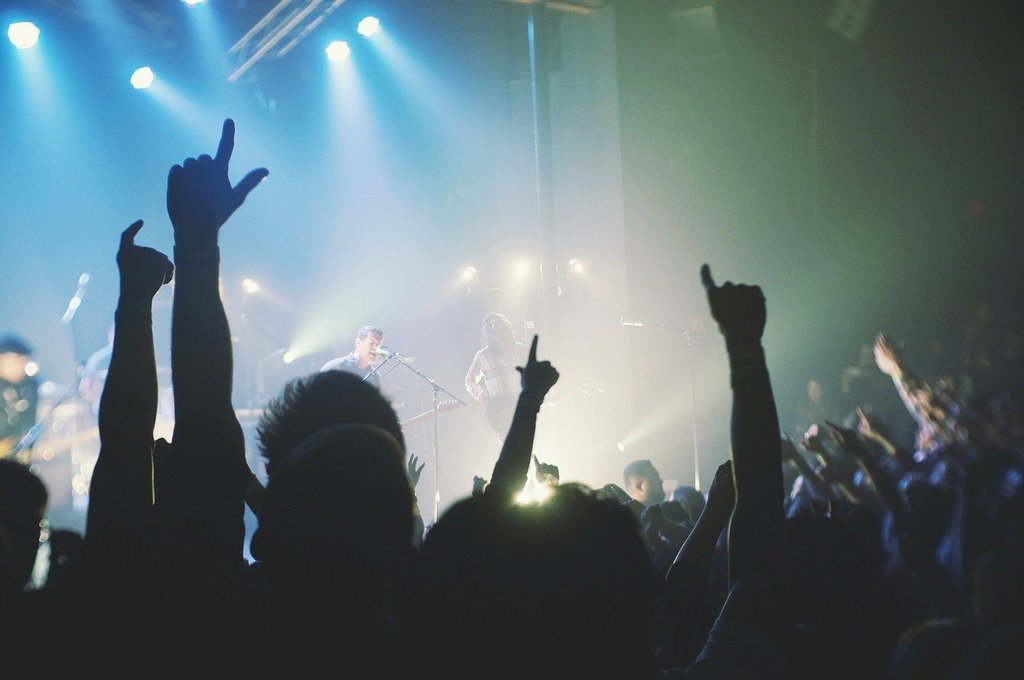Bluetooth audio devices have become essential in our everyday lives. Whether it’s wireless earbuds for the gym, portable speakers for outdoor gatherings, or car kits for safer driving, the freedom that Bluetooth offers has changed how we experience sound. In 2025, the variety of Bluetooth audio tech is broader than ever—but with so many choices, how do you decide what to buy? And more importantly, how can you make sure you’re paying the right price for it?
The market now includes everything from budget-friendly true wireless earbuds to high-end over-ear headphones with active noise cancellation and LDAC support. Prices vary wildly across retailers and brands, so shopping without comparing is likely to cost you more than it should. Knowing how to assess value across categories is the first step toward a smarter purchase.

That’s why using a resource like daddyprice is a smart move. The platform simplifies your buying journey by comparing prices from the UK’s top electronics retailers in real time. Whether you’re after a budget soundbar, noise-cancelling headphones, or a waterproof portable speaker, having a clear price breakdown helps you make a confident and well-informed decision.
Bluetooth Earbuds: Budget Gems vs. Premium Picks
In the earbuds category, models range from £20 to £250. For those on a tight budget, options like the SoundPEATS Air3 Deluxe or JLab Go Air Pop offer decent battery life, responsive touch controls, and surprising sound quality for under £40. They don’t come with ANC or fancy codecs, but they’re excellent for casual listening.
If you’re seeking better call quality, ANC, or support for hi-res codecs like aptX Adaptive or LDAC, higher-end models like the Sony WF-1000XM5 or Apple AirPods Pro (2nd Gen) come into play. These are priced between £199 and £249—but frequent sales can bring them below £180 if you’re watching closely.
Over-Ear Headphones: Comfort Meets Immersion
For those who prefer full-sized headphones, Bluetooth models deliver fantastic performance today. The Anker Soundcore Life Q35 and 1MORE SonoFlow offer ANC and multipoint connectivity for around £90–£130. On the premium side, the Bose QuietComfort Ultra and Apple AirPods Max exceed £300, offering studio-level audio and premium finishes.
The gap in price is tied to build quality, driver tuning, and microphone clarity. Still, for most users, mid-range models are a sweet spot. Keep in mind that prices fluctuate significantly depending on colour, retailer, and release cycle.
Portable Bluetooth Speakers: Perfect for Any Occasion
From mini clip-on speakers to boombox-style party devices, the range of Bluetooth speakers is massive. The Ultimate Ears WONDERBOOM 3 delivers great sound in a tiny waterproof package for around £89. The JBL Flip 6, a crowd favourite, blends bass and clarity in a compact design at about £119.
On the higher end, the Bose SoundLink Revolve II and Marshall Emberton II command £149 to £179 but boast robust construction and richer detail. Here again, sales often shave £20–£40 off retail prices, making price comparison essential if you want the best return on your money.
In-Car Bluetooth: Affordable Yet Impactful
If your car doesn’t have built-in Bluetooth, don’t worry—aftermarket options are effective and inexpensive. Models like the Taotronics Bluetooth Receiver or Besign BK06 allow hands-free calling and music streaming for under £30. These compact devices often connect via AUX or USB ports and are compatible with both Android and iOS systems.
It’s a small investment that dramatically increases safety and driving comfort. Many newer receivers also support auto-reconnect and dual-device pairing—features usually reserved for much pricier OEM systems.
Why Prices Vary So Much
You might find the same device priced £30 higher on one site than another. Why? Retailers often run exclusive promotions, bundle packages with accessories, or adjust prices based on local stock and seasonal demand. This is why comparing across multiple sources before buying is no longer optional—especially with electronics.
Events like Prime Day, Black Friday, or back-to-school sales can bring huge markdowns. However, not all deals are good deals—some raise RRP beforehand to create false discounts. A reliable comparison engine helps spot the real savings instantly.
Buying Tips: How to Choose the Right Device
Before clicking “buy,” ask yourself:
- Where will I use it? Indoors, outdoors, commuting, working out?
- What codecs do I need? If you’re an audiophile, LDAC or aptX HD are worth seeking out.
- Battery life: Look for a minimum of 8–10 hours for earbuds, and 15–20 for speakers.
- Durability: Waterproof and shockproof ratings are a must for outdoor gear.
- Warranty and support: Consider UK-based brands or those with solid customer service.
By matching your real-life needs to product specs—and not just brand hype—you’ll get far better value for your money.
With so many Bluetooth audio devices on the market, it’s easy to get lost in the noise. But with the right tools and a clear understanding of your needs, you can tune into exactly the right product—without paying more than necessary. And that’s music to anyone’s ears.


